10 Powerful Mixing Tips: Learn how to Mix like a Pro
Need clear, practical advice on how to mix music like the pros? At TYX Studios, we mix music daily in both stereo and Dolby Atmos. This guide shares the techniques our engineers rely on: grounded, effective methods that help artists achieve clarity, balance, and impact in every track.
We have a saying at TYX: the only people who really like 'perfect' mixes are mix engineers. Of course, that should be taken with a healthy pinch of salt, but it speaks to something important.
Great mixes rarely aim for clinical perfection. What matters most is feel, movement, and whether the track works emotionally, technically, and artistically.
Mixing is where a song starts to come to life. It's the stage where vocals, instruments, and effects are shaped into something clear, balanced, and immersive. At our recording studios in London, mixing is part of our everyday work.
Our engineers bring deep experience across genres and formats, from independent projects to professional releases. We work in both stereo and Dolby Atmos, helping artists create sound that connects and translates across all playback systems.
In this guide, we share 10 practical mixing tips we use in the studio. These are grounded, proven techniques that help shape professional-quality mixes, whether you’re working from a home setup or a commercial space.
What is mixing, and why does it matter?
Mixing is the process of combining multiple audio tracks, such as vocals, instruments, and effects, into a finished song. Effective mixing provides clarity, depth, and impact, ensuring your music translates well across all listening devices.
A thoughtfully mixed track helps listeners hear each element distinctly while emotionally connecting with the music.
While mixing involves balancing and enhancing individual elements, mastering serves as the final polish, preparing your song for distribution.
To understand more about the differences and why both are essential, check out this detailed article on mixing vs mastering.
Before You Start Mixing: Get Your Tracks and Workflow Ready
.jpg)
1. Train your ears and reference other mixes
One of the most crucial steps to becoming proficient in mixing music is training your ears. Listening critically to professionally mixed tracks within your genre helps you understand the standards and expectations of a high-quality mix.
By consistently referencing top-tier productions, you'll gradually develop a sense of what a balanced mix sounds like, along with an awareness of how different instruments should interact.
To effectively do this, import reference tracks directly into your Digital Audio Workstation (DAW) so you can quickly switch between them and your own music.
This direct comparison will highlight areas needing improvement, ensuring your mix maintains professional standards.
2. Organise your session
Before diving into the actual mixing process, spend sufficient time organising your session to streamline the workflow.
Clearly label each track with descriptive titles, such as lead vocals, rhythm guitars, or drum kit, to instantly recognise instruments.
Colour-code tracks consistently, grouping similar instruments like drums, synths, or backing vocals.
Additionally, set up aux sends and buses to manage effects processing efficiently, saving you considerable time and mental energy later in the mixing stage.
An organised session reduces confusion and lets you concentrate fully on creative decisions rather than administrative details.
3. Create a static mix first
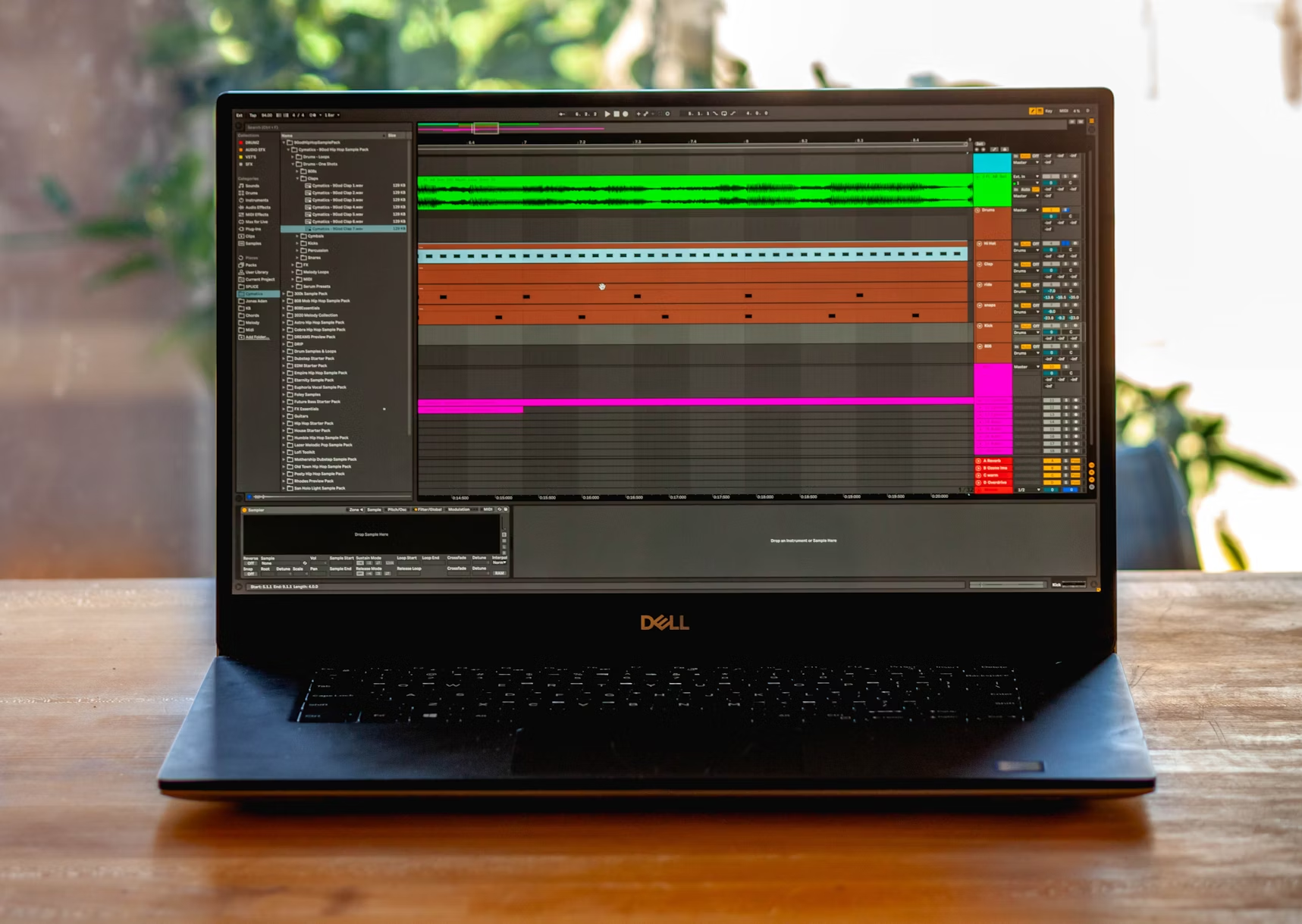
Starting your mix by creating a static balance, often called a rough mix, without applying EQ, compression, or effects, is fundamental to achieving clarity.
Initially, focus on setting levels using only volume faders, balancing each instrument relative to the others. Begin by establishing the core instruments, typically drums, bass, and lead vocals, as they form the foundation of your mix.
Once these key elements are balanced, gradually blend in additional tracks like guitars, keyboards, and backing vocals.
A carefully crafted static mix sets a solid foundation, allowing subsequent processing to enhance an already cohesive sound rather than compensate for imbalances.
4. Check your tracks thoroughly before mixing
Before you start adding any processing to your tracks, closely examine each recording for issues such as unwanted noise, clicks, pops, or distortion from the recording process.
Address these issues early through editing, noise reduction, or re-recording problematic sections, rather than attempting to fix them later with heavy processing.
Clean, well-recorded tracks result in smoother mixing decisions and a more natural-sounding finished mix.
Taking the time to inspect your recordings thoroughly ensures that the mixing process focuses on creative enhancements rather than damage control.
Once you've got the above ducks in a row, it's time to get to the meat and potatoes of mixing. Here are our top 10 tips:
1. Gain staging: Maintain headroom
Gain staging is a critical yet often overlooked part of the mixing process.
It involves setting the input and output levels correctly for every track to ensure optimal audio quality and prevent unwanted distortion.
Aim for individual tracks to peak around -6dBFS on your meter, leaving headroom for plugin processing and mix bus summing.
Proper gain staging also helps maintain clarity and separation within your mix, preventing audio overload on the console channels or your DAW’s mix bus.
Consistently applying good gain reduction and staging techniques from the beginning makes a big difference in the overall sound quality of your finished mix.
2. Use EQ to carve space
EQ is an essential tool for defining space within your mixes, allowing each instrument more space in its frequency range. Applying a low cut filter (high-pass filter) on non-bass instruments effectively removes unnecessary low frequencies that can muddy up the sound.
It’s equally important to manage overlapping frequencies by carefully cutting and boosting certain areas of the frequency spectrum, especially at the high end, ensuring instruments sound clear.
For instance, rolling off the low end on guitars or synths that compete with the bass drum gives the lower frequencies greater clarity.
Additionally, gentle boosts in key areas, such as presence in vocals or attack frequencies in drums, can make individual elements pop, creating a clearer and more balanced mix overall.
3. Compression to control dynamics
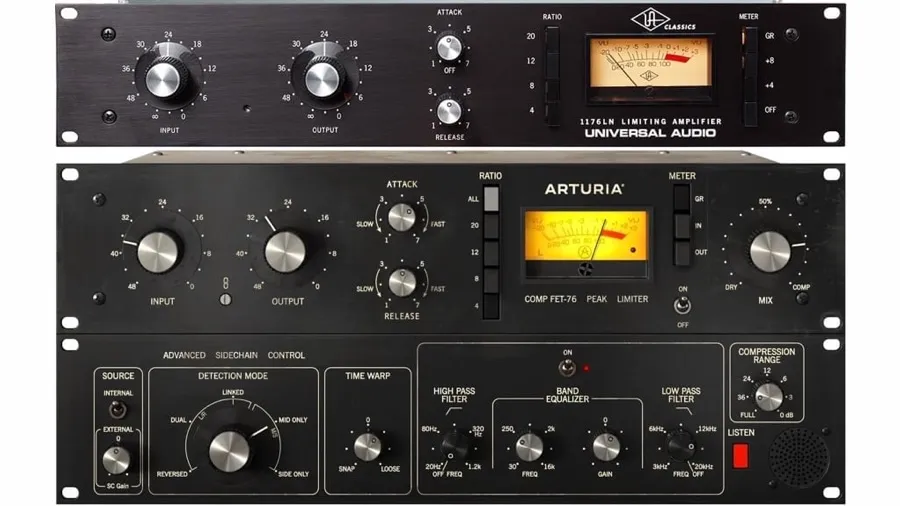
Compression is one of the most powerful mixing techniques, used to control and enhance dynamics.
The important thing is not to overdo it, to preserve the track's natural feel. Compressors help smooth out uneven volume levels, bringing consistency and balance across performances, particularly with vocals, bass, and drums.
There are many different compressor types, such as VCA (ideal for drums due to their transparency and quick response), Optical (great for vocals, offering smooth, musical levelling), and FET (excellent for adding punch and character to percussion).
Parallel compression, blending compressed and uncompressed signals, can also increase the energy and impact of instruments without squashing the dynamic range entirely.
Used thoughtfully, compression provides professional polish without sounding unnatural.
4. Panning and stereo placement
Effective panning and stereo placement help create depth and width in your music, significantly enhancing the listener's experience. Positioning instruments across the stereo field provides clarity by ensuring elements don't clash or mask each other.
Typically, foundational elements like bass guitar and bass drum remain centred, providing solidity and anchoring the mix.
Instruments such as rhythm guitars, synth pads, percussion, and backing vocals are often panned slightly left or right, spreading out across the stereo image to achieve a sense of space.
It always makes sense to check your stereo decisions in mono to ensure critical elements retain clarity and impact.
5. Add depth with reverb and delay, but use sparingly
Reverb and delay enhance your track's depth when used subtly, enhancing spatial depth and cohesion without cluttering the stereo image.
A common professional approach is selecting a single, cohesive reverb type, ensuring all instruments appear to occupy the same sonic space, maintaining the integrity of your overall sound.
Delays should be applied with similar restraint; subtle use adds interest and dimension without making the mix feel cluttered or indistinct.
Overuse of these effects can quickly cloud your mix, reducing clarity and distracting listeners. Always prioritise the musicality and natural feel when employing reverb and delay.
6. Automation to bring your mix to life
Automation is a powerful technique that can transform a good mix into a professional, dynamic listening experience.
Automating parameters like volume, EQ adjustments, panning, and effects throughout the track allows for creative emphasis on critical moments or transitions, adding movement and interest.
For example, increasing the vocal level slightly during a chorus or enhancing the reverb tail of a snare during impactful moments can subtly emphasise emotional elements in the music.
Used well, it leads to better mixing decisions that keep listeners engaged, bringing energy, excitement, and polish to the finished track.
Automation is often the difference between a static, lifeless mix and a vibrant, compelling song.
7. Reference across systems and take breaks
Checking mixes on multiple systems ensures consistency all the time, including studio monitors, consumer headphones, smartphone speakers, and car stereos.
It is essential to ensure your music translates consistently to real-world listening environments. A good mix should sound balanced and clear regardless of the device or context in which it’s played.
Equally important is taking regular breaks throughout the mixing process to avoid ear fatigue, which can impair your judgement and lead to poor mixing decisions.
Short pauses to rest your ears help maintain objectivity and ensure you return to the project with fresh perspectives, catching issues you might have otherwise missed.
Take regular breaks to avoid ear fatigue, maintain objectivity throughout the mixing process.
8. Use additive EQ to enhance character
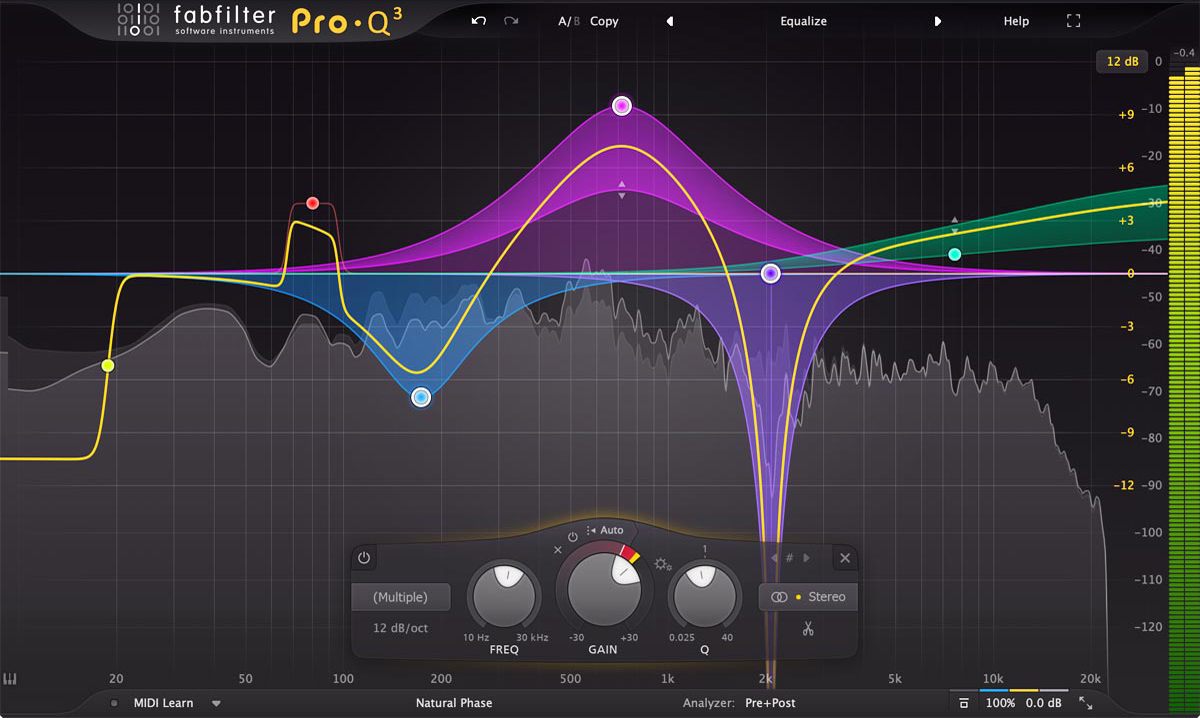
While subtractive EQ (cutting frequencies) is often emphasised, additive EQ can significantly enhance your mix when used subtly and intentionally.
Boosting specific frequency ranges, such as adding brightness or punch, notes that improve your track's clarity without making it unnecessarily loud, can bring out the natural character of instruments, helping them stand out clearly in the mix.
Avoid excessive boosts; instead, gently emphasise key frequencies unique to each instrument. Additive EQ works best when performed with a careful, musical approach, ensuring your tracks remain natural-sounding and balanced.
Remember to boost subtly and always sweep to identify resonances first; additive EQ can quickly lead to harshness if not monitored carefully
9. Check mono compatibility consistently
Mono compatibility refers to how your mix translates when stereo tracks are combined into a single mono signal, often found in venues, phone speakers, or club systems.
Poor mono compatibility can result in phase issues, causing essential elements like lead vocals or bass to become weakened or completely lost.
Regularly switching your mix to mono allows you to catch and resolve potential phase problems early in the mixing process.
A robust mix should retain clarity and impact, regardless of stereo or mono playback, ensuring your music sounds professional across all systems.
10. Keep the mastering stage in mind

While mixing, it’s vital to always keep the mastering stage in mind, ensuring that your mix provides ample headroom and clarity for final processing.
The mastering stage is where your music gets the final polish, overall EQ balance, dynamic adjustments, and loudness optimisation.
Leaving adequate headroom (typically between -3 to -6dB) in your mix allows mastering engineers enough flexibility to enhance your track without causing distortion or compromising audio quality.
A balanced, clean, and dynamic mix ensures that mastering serves to elevate your music to professional broadcast standards, rather than correcting mistakes or issues left unresolved in the mixing process.
Bonus tip: Emphasise arrangement and song structure
The clarity and effectiveness of your mix often depend significantly on the quality of the song's arrangement and structure.
A well-arranged track has carefully selected instrumentation, avoids overlapping frequencies, and creates sufficient sonic space for each element to shine.
When parts are thoughtfully arranged from the start, frequency clashes and masking become less problematic during mixing. Ultimately, a strong arrangement allows a good balance in your mix, creating clarity and musical coherence.
Common beginner mixing mistakes (expert reflections)
Understanding common pitfalls helps avoid issues like mixing too loudly, ignoring references, or neglecting automation, which can affect the whole lot.
Experienced engineers regularly highlight mistakes such as:
Recognising and addressing these pitfalls early will drastically enhance the quality of your mixes.
Conclusion
As we mentioned at the start of this article, mixing is not about getting everything perfect (an endless pursuit that can often make things worse); it's all about 'feel'. A little vague perhaps, but music is a magical art form. After all, how often have you heard something from decades ago get a rave bouncing or fill the dancefloor at a wedding? These tracks weren’t mixed by today’s standards. They didn’t rely on advanced plugins or reference monitors., but they still hits where it counts.
The tips in this guide can help you bring more control and clarity to your process. Use them as a framework, not a checklist. The more you mix, the more you’ll develop a sense of what works, not just technically, but emotionally. That’s what makes a mix stick.
Take your mix from good to studio-ready with TYX
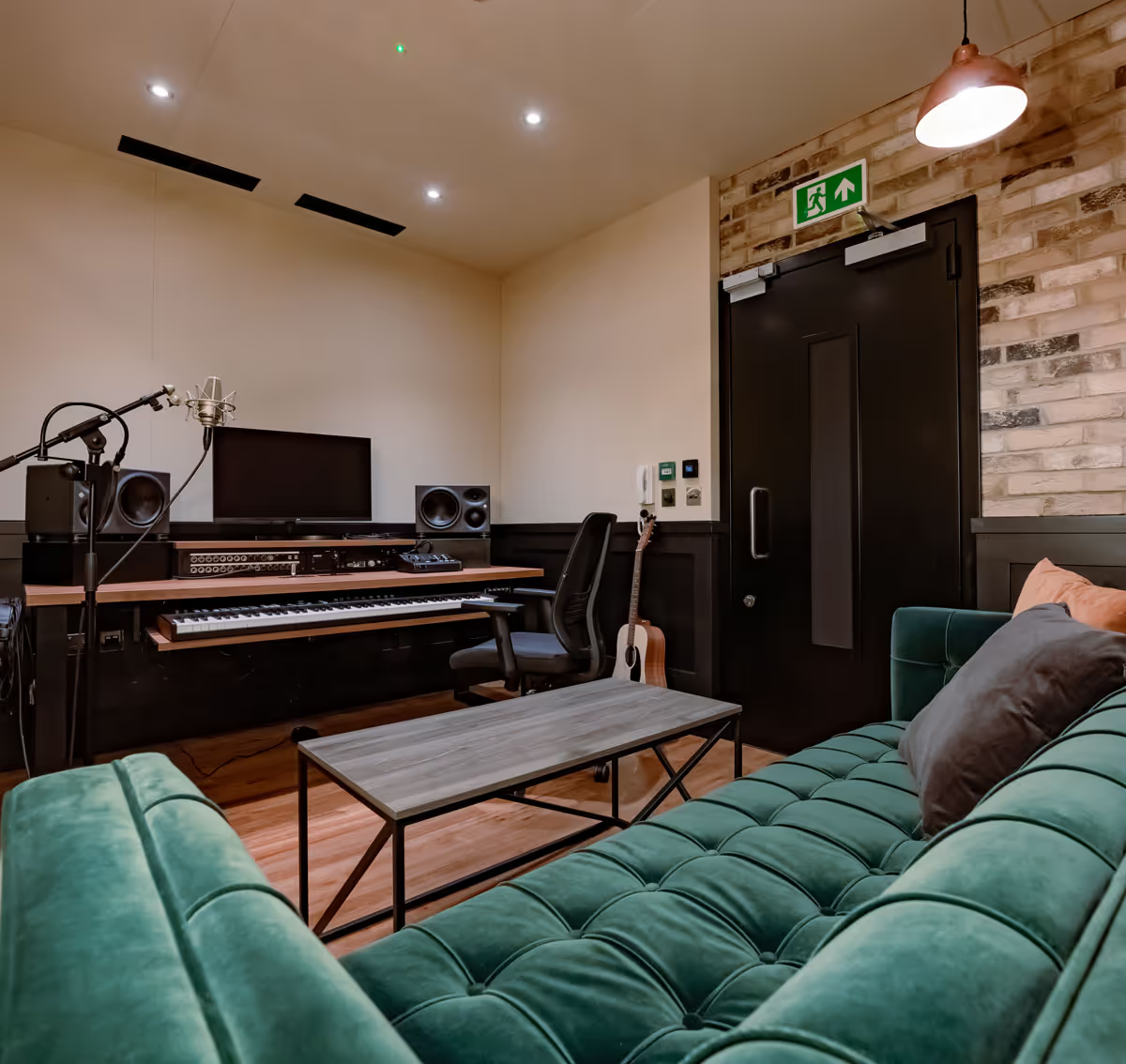
At TYX Recording Studios in London, our expert team specialises in delivering exceptional mixing and mastering services, crafted specifically for your artistic vision.
From meticulous attention to sonic detail to personalised guidance for artists at all levels, we’re committed to bringing out the very best in your music. Experience standout results, unmatched clarity, and dynamic impact with TYX Studios.
Get in touch today and elevate your mixes.
Frequently Asked Questions
There’s no single formula for a perfect mix. What matters is that it serves the song. That might mean clarity and precision, or it might mean grit, space, or emotional tension.
Focus on balancing the elements, shaping the frequencies, and creating a sound that feels intentional. Test it on different systems and trust your ears more than the meters.
Like any skill, the best way to get better at mixing is to mix...a lot! That being said, any progress comes faster when you practise with purpose and guidance. Keep referencing pro tracks, train your ears through critical listening, and focus on core skills like gain staging, clarity, and arrangement.
Use fewer plugins, make deliberate choices, and ask for feedback when you can. Working in different environments also helps you understand how your mixes translate beyond your own setup.
Mixing covers a broad spectrum, but If we had to narrow it down to some core principles, they would be:
- Start with a static mix before adding any processing
- Use EQ to separate instruments across the frequency spectrum
- Apply compression to shape dynamics, not flatten them
- Keep low-end elements clean and centred for balance and power
- Pan with intent to create clarity and width
- Take regular breaks to preserve objectivity and avoid ear fatigue
start with a well-organised session, create a balanced static mix, and then use EQ, compression, panning, and automation to enhance clarity and impact. Always reference professional tracks, check your mix in mono, and leave headroom for mastering.
There is no official rulebook, but many engineers focus on six core areas during mixing: balance (volume levels), panning (stereo placement), EQ (frequency shaping), compression (dynamic control), reverb and delay (space), and automation (movement and emphasis).
This structure aligns broadly with concepts found in Bobby Owsinski’s The Mixing Engineer’s Handbook, which outlines key mixing dimensions such as balance, panorama, frequency, dynamics, and spatial effects. His framework is widely respected, though it is not presented as a fixed six-part list.
Some find it easier to mix genres with fewer layers, like acoustic, folk, or minimal electronic. These styles often leave more space between elements, which can reduce clashes and make balance easier to manage.
But every mix has its own challenges. Sometimes the simplest arrangements reveal the most.
We are open 24/7 to members, 9am-9pm for non members. If you need to book irregular hours please contact us directly by phone or through our web form.
TYX Studios offers recording, mixing, mastering, and production consultation, helping you build a clean and professional website presence alongside quality music releases.

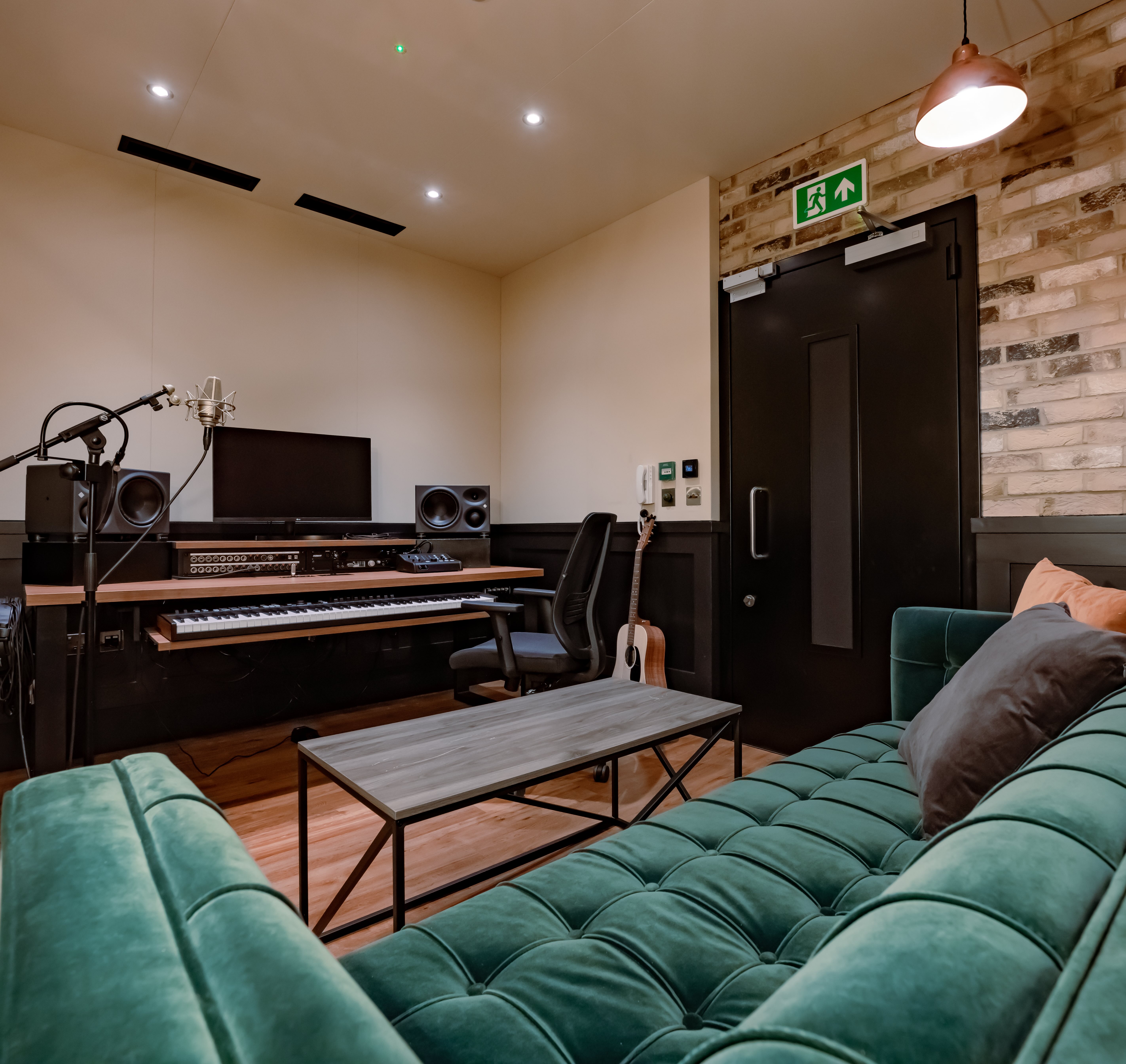














.jpg)